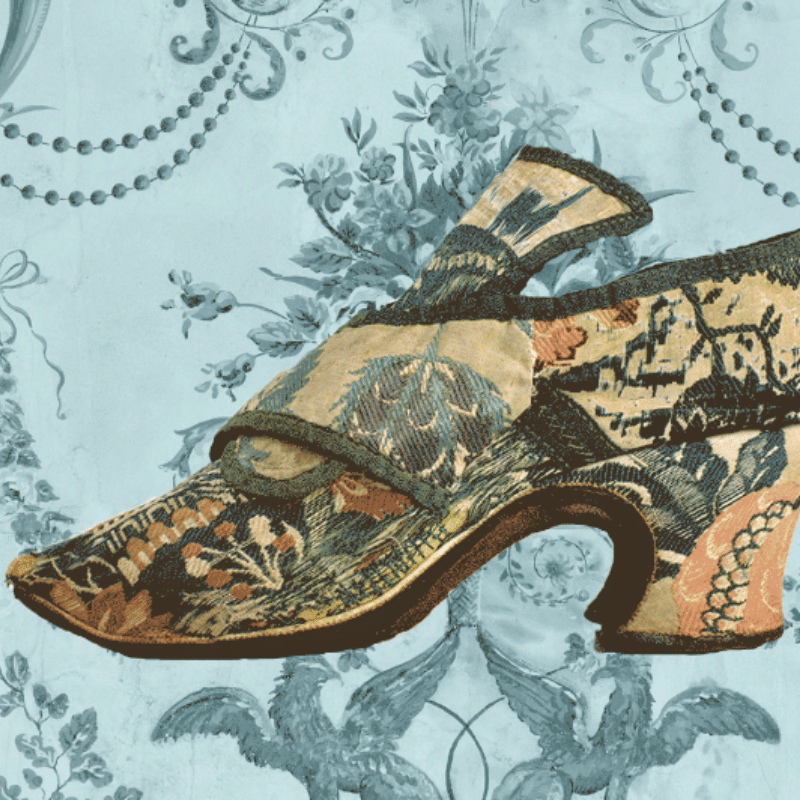Did you know heels were originally meant to be worn by men? From ancient civilizations to the dazzling runways of modern fashion shows, the history of heels has witnessed a remarkable journey, blending practicality, style, and symbolism. As we slip our feet into these elevated wonders, we step into a world where footwear has the power to transform our physical stature and confidence. Embarking on a historical voyage, we uncover tales of power, allure, and social dynamics associated with this iconic fashion staple. Delve into the archives of antiquity, where heels were once worn by men and women alike, defying gender norms and embodying authority. Traverse the opulent courts of Europe, where towering heels reflected status and class. And finally, explore the fashion revolutions of the 20th century, where heels became a symbol of liberation and self-expression.

The Origin Of High Heels
In the 10th Century CE, the Persian Cavalry developed the first prototype that resembled high heels. These high-heeled shoes were primarily meant to stabilize them on horseback as they fired arrows during a battle.

High heels originally started as a part of Persian battle gear in a way and were not intended to be a “fashion statement” as they are known in today’s age. Similar principles were used to come up with cowboy boots as well.
European Trends And The First Law About High Heels
As the trend gradually transitioned into Europe via trade channels, the women of Spain and Venice were found wearing a type of heel known as “Chopines.” Intended to keep women astray from the dirt and filth on the ground, this footwear slowly transitioned into ‘fashion.’

However, this was the time when the first law in the records of history regarding the height of high heels was passed. This law prohibited the Chopines to go any higher than 3 inches, but it mostly went ignored.
“High Heels, A Fashion Statement!” For Men?
However, as this trend deepened its roots in the aristocratic culture, high heels slowly started to take the shape of fashionwear. However, it wasn’t anywhere like how we know high heels today. These high heels were meant for men!

Even King Louis XIV was fond of this new trend and treasured a collection of several high heel shoes made especially for him. The fact that he insisted on everyone entering his palace wear red high heels explains his love for these shoes pretty well.
The Switch
Up until now, although women had started to blend in with the high-heel trend alongside men, the domain was primarily focused on men’s fashion and power statements. But not for long!

As the “Enlightenment Era” began in European culture, the societal norms of using heels as a status symbol started to lose their charm and were promptly discarded. Thus, radicalizing the industry and leaving only women with their feet in a 3-inch-tall sandal.
Heels; As We Know Them Today
As the idea of masculinity and high heels gradually seemed to part ways, heels started to be seen as more feminine as we know them today. The heels became higher and sleeker, thus accentuating the feminine traits of women.

By the time filmmaking and photography started to revolutionize the markets, the demand for high heels skyrocketed. Women began to see wearing heels as a fashionable way to liberate themselves, and the demand for heels never stopped increasing.






